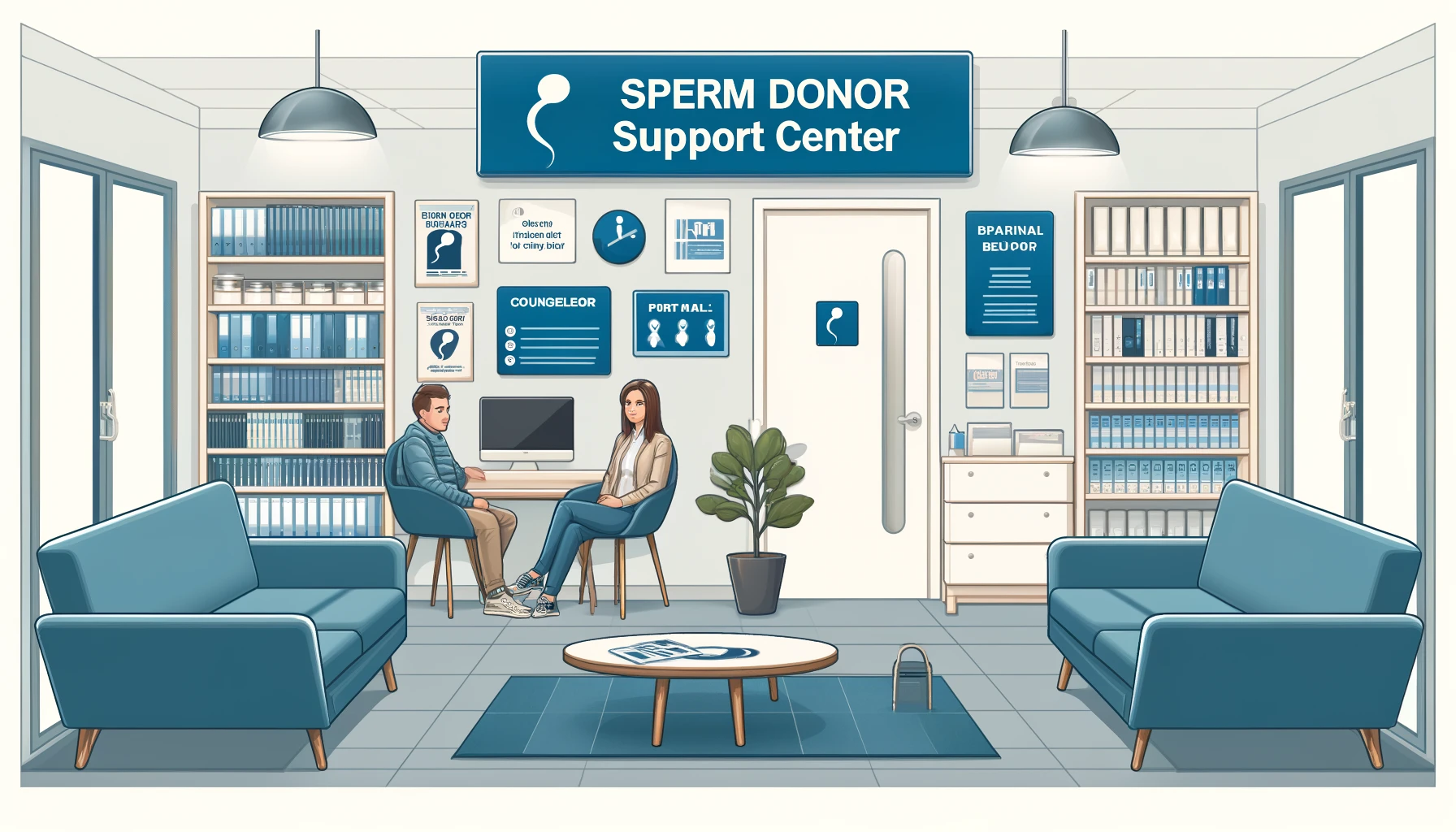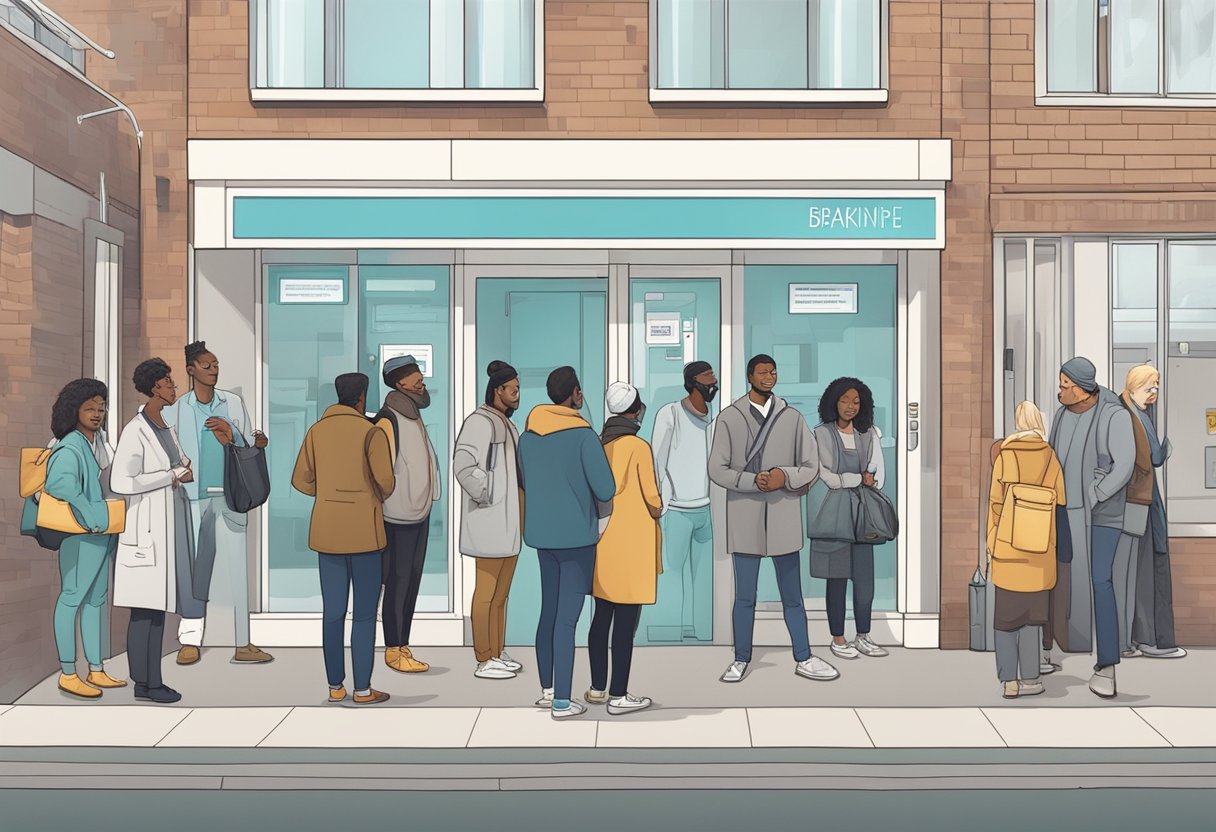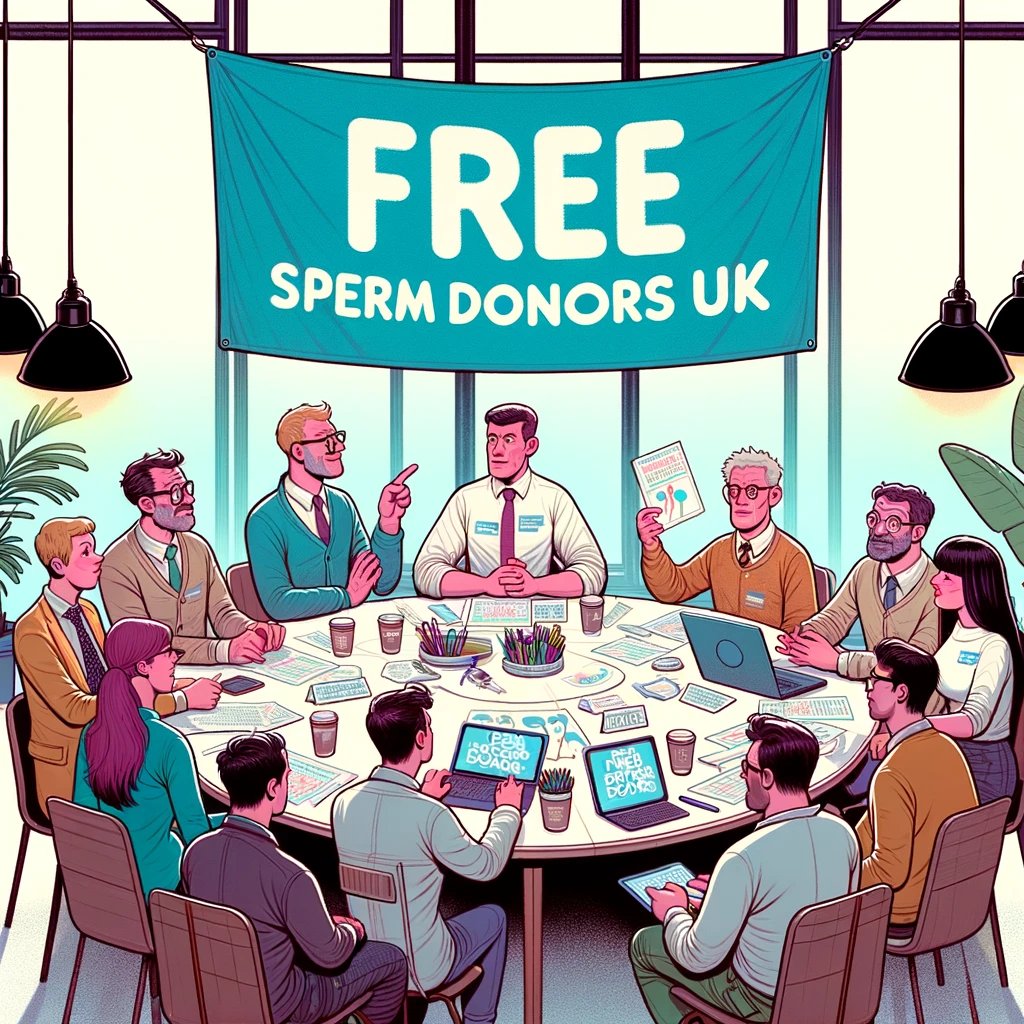Remember Louise Brown, the first baby conceived by in vitro fertilisation born in 1978? Since then, over 5 million babies have been born with the aid of this fertility technique. IVF is now commonly used by infertile couples, gay couples using a surrogate and people using donor eggs, in order to start their family.Whether you recognize yourself in one of these situations or you’re just curious, read on to discover everything you need to know about IVF.
So, what is IVF?
In short, IVF or in vitro fertilisation is a fertility treatment that facilitates the encounter between the female eggs and the male sperm. To perform this technique, the eggs are first removed from the woman’s ovaries before being fertilised with sperm in a laboratory. As a result, conception occurs outside the body, in vitro. A few days later, one or two embryos are transferred into the woman’s womb.
IVF is much more demanding and complex than artificial insemination (which “simply” involves placing sperm into the woman’s cervix or uterus, with or without the use of ovarian stimulation). It also costs a great deal more but has a higher success rate. If you want to know all there is to know about this fertility technique, read on.
Is IVF right for me?
IVF can be used by infertile couples who wish to start their family. However, IVF is not for everyone and, as a result, should not necessarily be the primary solution for those struggling with infertility.This fertility technique may be recommended if you or your partner has:
– Low sperm count or motility issues;
– Endometriosis;
– Ovulation disorders;
– Issues with the uterus or fallopian tubes;
– Unreceptive cervical mucus;
– Diminished ovarian reserve;
– Unexplained infertility.
You can also have IVF if you’re using an egg donor to conceive. This assisted reproductive technology may also be suggested if you’ve tried another treatment that didn’t result in a successful pregnancy (for instance, artificial insemination like IUI or ICI).Additionally, if you’re a gay couple considering having a baby via surrogacy with an egg donor, your surrogate mother will undergo IVF using donor eggs fertilised with one of the partner’s sperm.
How does the IVF process work?
In vitro fertilisation involves six main steps:
– Step 1. Suppression of the natural cycle: your menstrual cycle is suppressed with fertility drugs.
– Step 2. Ovarian stimulation: During 8 to 14 days, you take a fertility drug (usually through daily injections) to produce multiple mature eggs instead of just one.
– Step 3. Monitoring the eggs: While you’re taking medication, you’ll undergo ultrasound scans and in certain cases blood tests to check the development of your eggs. When the follicles are ready, you are given a “trigger shot”, which is another hormone injection that causes your eggs to mature and allows them to be fertilized.
– Step 4. Gathering the eggs: 34 to 38 hours after the trigger shot, several mature eggs are collected with the help of a thin needle. You will be under sedation and the procedure usually takes about 15 to 20 minutes.
– Step 5. Fertilisation: Your eggs are combined with sperm in a laboratory, to become fertilised. Eggs may be fertilised individually with a single sperm. This technique is called intra-cytoplasmic sperm injection or ICSI.
– Step 6. Embryo transfer: a few days later, when they have reached the blastocyst stage, the resulting embryos (usually one or two) are transferred into the woman’s uterus. Extra embryos can be frozen to be kept for another IVF cycle.
If, around two weeks later, you still haven’t had your period, you can now take a pregnancy test to see whether the process was successful! These two weeks of uncertainty can be tough for all concerned. Surround yourself with friends/family and don’t hesitate to seek support, whether from a counsellor or people close to you, in order to make it through this stressful period.
How much does it cost and is IVF covered by the NHS?
According to the fertility guidelines published by the National Institute for Health and Care Excellence (NICE), you should be offered IVF if:
– You’re a woman under the age of 43 and you’ve tried to conceive through regular unprotected intercourse for 2 years.
– You’ve undergone twelve unsuccessful cycles of artificial insemination.That being said, in England, the final decision regarding whether you qualify for IVF on the NHS goes to the local Clinical Commissioning Groups (CCGs). They may look into stricter criteria such as your weight, your age, whether you’re a smoker or whether you’ve had children already.
If, unfortunately, you aren’t offered IVF on the NHS, you can still undergo the procedure at a private clinic. Although prices vary depending on the establishment, one cycle of treatment usually costs around £5,000.
What is the success rate for IVF?
The odds of success depend on several factors, including the age of the patient undergoing IVF and her level of fertility, as well as the quality of the sperm used during treatment. Moreover, the younger you are, the higher your chances of becoming pregnant with IVF.
According to the NHS, in 2010 the percentage of IVF cycles that resulted in live births were:
– For women aged 34 and under: 32.2%
– aged 35-37: 27.7%
– aged 38-39: 20.8%
– aged 40-42: 13.6%
– aged 43-44: 5%
– aged 45 and over: 1.9%
Quitting smoking, avoiding alcohol, reducing caffeine, having a varied and balanced diet, as well as maintaining a healthy weight, can all help to improve your likelihood of pregnancy.
If you’re experiencing fertility issues and/or you’re considering having IVF, you should have a chat with your GP. They can help you improve your chances of getting pregnant, as well give you advice about the fertility treatments that are available to you.







